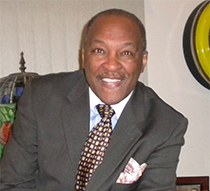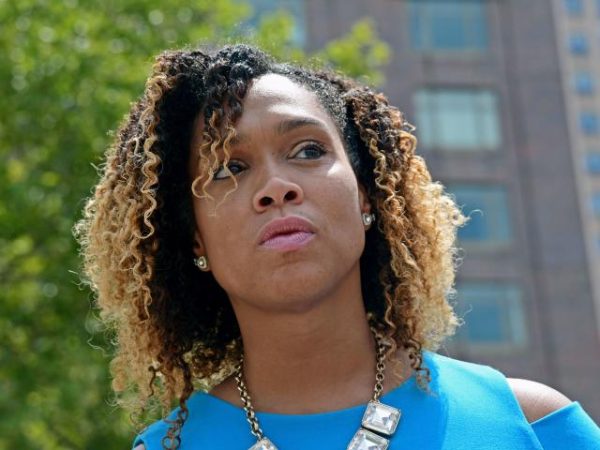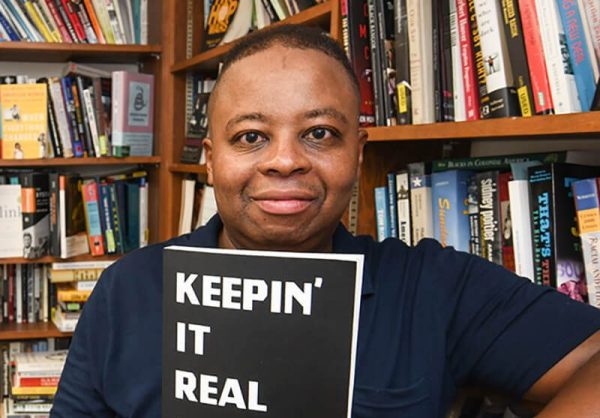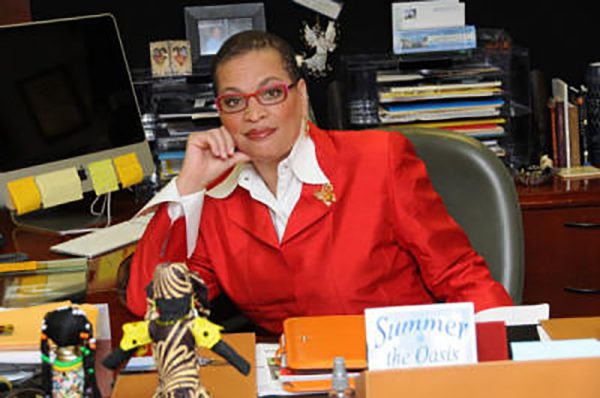Harry Belafonte, a role model for celebrities

David A. Love, J.D. serves as the executive editor of BlackCommentator.com. He is a journalist, commentator, human rights advocate, a professor at the Rutgers University School of Communication and Information based in Philadelphia.
April 29, 2023
Harry Belafonte, the consummate performer and entertainer, the acclaimed singer, actor and racial justice activist, is now an ancestor. And he has left us much to consider about the role of the Black artist in society, and the need for the Black artist to use art to change society.
In his 96 years of life, Belafonte maintained a high standard of excellence as a pioneer in the entertainment industry and a breaker of barriers. With his 1956 album Calypso, the Harlem-born artist became the first person to sell a gold record—with over 1 million copies. In addition, Harry Belafonte is one of a select group of people to reach EGOT status—Emmy, Grammy, Oscar and Tony—having received an honorary Oscar, a Tony, and Emmy and three Grammys.
The first Black person to receive an Emmy, the first Black TV producer, and one of the first Black people to enjoy a wide national audience and to start an all-Black music publishing company, the man did it all.
However impressive his achievements may have been on the stage, screen and in music, Belafonte truly left his mark as an activist, a civil rights and human rights leader, a humanitarian and a moral compass of our community. A friend and confidant of Dr. Martin Luther King, Belafonte used his status, wealth and fame to raise money and contribute funds to the civil rights movement. And while some people may know he was involved in the 1963 March on Washington, few may realize what Belafonte did out in these streets, all in the name of justice.
Consider this particularly remarkable story of a risky car trip that Harry Belafonte took with Sidney Poitier from Newark to Greenwood, Mississippi. The year was 1964, and only days before, three civil rights workers– James Chaney, Michael Schwerner and Andrew Goodman– were found dead. The Student Nonviolence Coordinating Committee (SNCC) needed funds to keep their activities going in the South. Belafonte and Poitier raised $70,000—which was a lot of money back then — and drove the money down to Mississippi. While in the Magnolia State, the Ku Klux Klan ambushed the duo with a pickup truck, fired shots and attempted to drive them off the road. A convoy of SNCC vehicles came to their defense and led them to safety.
Belafonte also provided advice to John F. Kennedy and arranged for Kennedy and Dr. King to meet during the 1960 presidential election. And the artist also played a role in the transformation of Robert F. Kennedy. In May 1963, James Baldwin arranged to have then-U.S. Attorney General Kennedy meet with Black civil rights leaders, intellectuals and artists in Manhattan, including Belafonte and folks such as Lorraine Hansberry, Lena Horne, Kenneth Clark, King advisor Clarence Jones and freedom activist Jerome Smith. The group gave Kennedy some real talk on what he and his brother’s administration failed to do and what it had to do on civil rights and to help the Black community.
Belafonte certainly broke barriers as an artist, but he was here for the culture and for social change. The star of films such as Carmen Jones, Buck and the Preacher and Uptown Saturday Night also produced the score for the hip-hop movie Beat Street. Belafonte also played a major role in the artists who came together in 1985 to raise funds for famine in Africa with their groundbreaking single, “We Are the World.”
A new generation of performers and athletes has much to learn from Harry Belafonte. The man known for “Day-O,” the “Banana Boat Song,” this son of immigrants from Jamaica and Martinique leaned into his influence as an entertainment powerhouse. And he sought justice.












